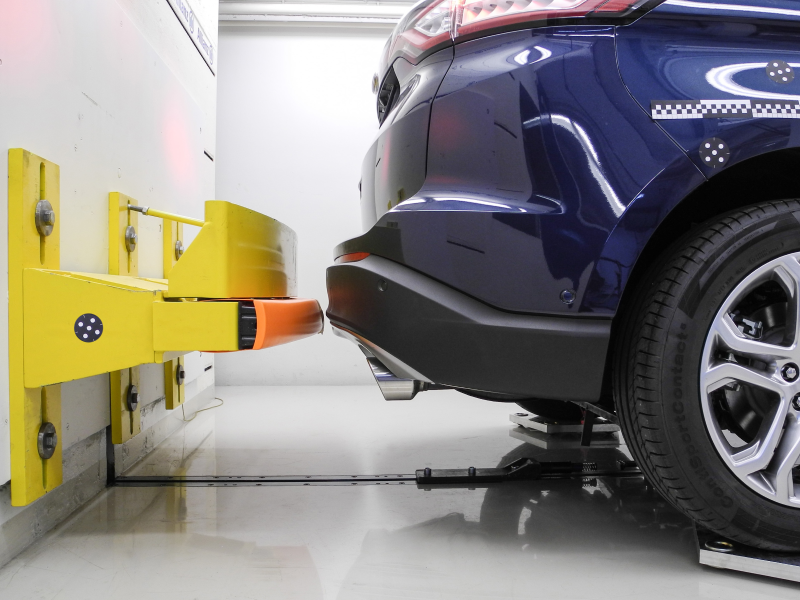
The automotive industry has been at the forefront of technological advancements and innovation for decades. From the invention of the first automobile to the rise of electric and autonomous vehicles, this dynamic sector continues to redefine the way we travel and interact with our vehicles. In this article, we will explore some of the most notable advancements and trends that are shaping the automotive industry today.
One of the most significant shifts in recent years is the growing emphasis on sustainability and environmental consciousness. As concerns over climate change intensify, automakers are increasingly investing in electric vehicles (EVs) as a viable alternative to traditional combustion engines. Major players like Tesla, Nissan, and Chevrolet have successfully introduced affordable and high-performing electric cars, effectively challenging the dominance of internal combustion engines. This transition to EVs not only reduces carbon emissions but also encourages the development of renewable energy sources, such as solar and wind power, to charge these vehicles.
Moreover, the concept of autonomous driving has gained substantial momentum, promising a future of safer and more efficient transportation. Companies like Waymo, a subsidiary of Alphabet Inc., and Tesla are leading the charge in developing self-driving technologies. These systems utilize advanced sensors, machine learning algorithms, and real-time data analysis to navigate roads, interpret traffic signals, and avoid potential hazards. As the technology continues to mature, self-driving cars have the potential to revolutionize transportation by reducing accidents, congestion, and fuel consumption.
Beyond electrification and autonomy, the automotive industry is witnessing a convergence with other tech sectors. The integration of artificial intelligence (AI) and the Internet of Things (IoT) has opened up new possibilities for connected cars. By leveraging AI and IoT technologies, vehicles can communicate with each other, exchange real-time traffic information, and optimize routes to reduce travel time and enhance overall efficiency. Additionally, smart infotainment systems allow passengers to seamlessly connect their smartphones, access digital services, and even control home devices from the comfort of their vehicles.
In terms of design and manufacturing, 3D printing has emerged as a game-changer. This technology enables the production of complex and customized car parts with reduced costs and faster turnaround times. With 3D printing, automakers can experiment with intricate designs, create lightweight components, and improve overall vehicle performance. Furthermore, this technology facilitates the development of prototypes and allows for rapid iteration, accelerating the innovation cycle in the automotive industry.
Another notable trend is the increasing focus on safety features. Advanced driver assistance systems (ADAS) have become commonplace in modern vehicles, equipping cars with features like adaptive cruise control, lane departure warnings, and automatic emergency braking. These technologies act as a safety net, assisting drivers and potentially preventing accidents. Furthermore, automotive manufacturers are investing in the development of innovative materials and construction techniques to enhance vehicle crashworthiness and protect passengers in the event of a collision.
While the automotive industry continues to evolve rapidly, it faces certain challenges on the road ahead. The establishment of robust charging infrastructure for electric vehicles, the formulation of comprehensive regulations for autonomous driving, and the assurance of data security in connected cars are just a few of the hurdles that need to be addressed. However, with collaboration between industry stakeholders, government support, and ongoing technological advancements, these challenges can be overcome, paving the way for a future where the automotive industry reaches new heights of innovation and sustainability.
In conclusion, the automotive industry is undergoing a paradigm shift driven by technological advancements and changing consumer preferences. The rise of electric vehicles, autonomous driving, connected cars, 3D printing, and advanced safety features are revolutionizing the way we perceive and interact with automobiles. As the industry continues to embrace these innovations, it holds the promise of a greener, safer, and more efficient future of transportation. With each passing day, the automotive landscape is reshaped, presenting exciting opportunities and challenges for automakers, engineers, and consumers alike.


